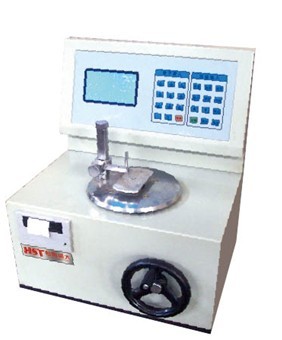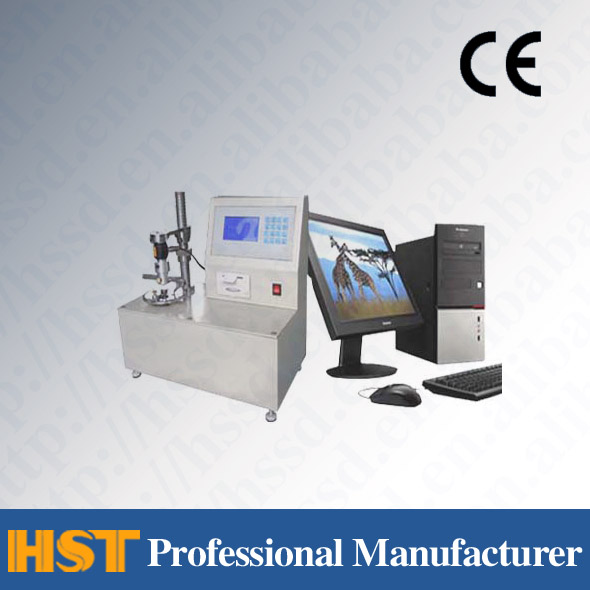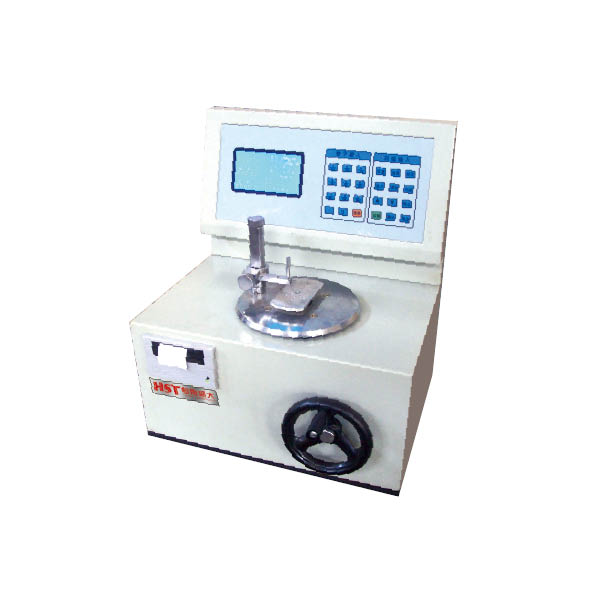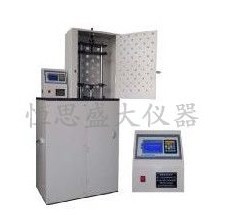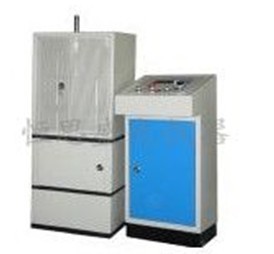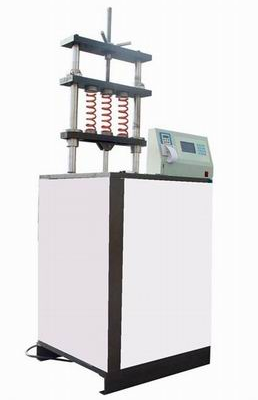Company News
How to choose a material testing machine
Release time:2018-11-23 source:Jinan Hengsi Shanda Instrument Co., Ltd. Browse:
1. Selection of test speed and height of the test machine: roughly determine the test speed of the test machine based on the performance of the product to be measured (a test model that can be purchased that can set the speed). Understand the test space required for the test. The beam displacement and vertical test space required for the test (generally, the beam displacement is 898mm, and the vertical test space is 1067mm). If it is an elastomer test, the beam displacement and vertical test space will be higher. The specific situation needs to be determined according to the experimental requirements.
2. Selection of fixtures: The selection of fixtures should follow the principle that the sample will not slide, will not cause the clip to break, and ensure the axial symmetry of the applied force. In some cases, the clamping requirements are very special, and specially designed fixtures or tooling will require special testing standards.
3. Selection of universal material testing machine models: First, determine the force value required to be tested. The force value is below 2KN. Generally, a single column electronic tensile testing machine is used. For double-column desktop electronic universal material testing machines with a floor-standing electronic universal material testing machines above 50KN, floor-standing electronic universal material testing machines are generally used.
4. Selection of load sensor: Choose the appropriate sensor according to the requirements of the experiment you have done. The principle of sensor selection is that the small force value of the experiments you have done cannot be less than 10% of the sensor range, otherwise you need to select sensors of different ranges. (Note: Generally speaking, the accuracy of less than 10% of the sensor range is unstable, and the measured data is incorrect.)
5. Selection of flexibility of test machine: Any mechanical system will deform after being subjected to stress. No matter how slightly it is, this deformation is called flexibility. And it can lead to serious errors in the test results. Especially in high load tests with small stroke requirements. Therefore, when selecting a test machine, a test machine with relatively high stiffness of the beam, load sensor and fixture should be selected to ensure the correctness of the experimental results.
- Previous article:National standards for material testing
- Next article:Hengsi wishes new and old customers a happy Mid-Autumn Festival


















